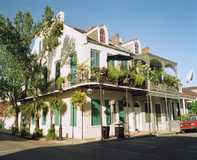Cities and the movies / Global
Reel estate
If your town needs a tourism boost, there is nothing more likely to bring in the punters than a blockbusting film set on your street. No wonder cities are offering film companies big incentives for a moment on the casting couch.
Been anywhere nice recently? To the movies, maybe. From Roman Holiday and Manhattan to the multiple-location Bond and Bourne franchises, films have starred cities as central characters rather than just backdrops. Cities are falling over themselves to woo lights, camera and action to their streets by offering generous financial incentives and tax breaks. But they’re not just batting their urban eyelashes to attract investment and support a film-making infrastructure; increasingly cities are using movies as brand-building exercises to boost tourism and project a brave face to the world.
While set-jetters (every new breed of tourist needs a snappy sobriquet) take the scenic Vicky Cristina Barcelona tour and scan the Santa Barbara of Sideways for vineyards, the success of the unlikely dark comedy In Bruges convinced the titular town’s tourist office to use the film as this year’s main marketing hook. Tourism Australia took the collateral of Baz Luhrmann’s paean to his homeland and pushed it internationally, certain in the knowledge that the film and their own marketing aims chimed uncannily well.
The arrangements between the city and the production are rarely explicit but it’s a fact that producers and location managers will shop around the world to find the most appealing and accommodating locations while the cities themselves are always checking their teeth and hair in the mirror, ever-ready for their close-up.
While location shooting remains an emotional and aesthetic thing, a sizeable and well-publicised bunch of incentives are hard to ignore, especially for lower-budget pictures that stretch pennies to pay for production. At this year’s Cannes film festival, Europe’s regions were busy chatting up producers: Ireland’s County Louth, Napoli and Savona in Italy and Russia as a whole were all lobbying hard to get in the picture.
New life for New Orleans
Dead of Night
A crowd is gathering in the courtyard behind the Lafitte Guest House on bar-strewn Bourbon Street in the French Quarter. It’s 21.00 on a Tuesday night and crammed in this alley courtyard are a cameraman and a crew who are filming New Orleans second-line dancers (a traditional dance style) for a scene in the supernatural detective thriller Dead of Night. Location manager Batou Chandler swears, “Nothing says New Orleans like second line.” She’s been up all night scouting locations for the movie and after the crowd disperses, the satellite crew piles into their van to head back to the studios where they will shoot through the night.
The Louisiana Film Studios are located in the former warehouse of the Winn-Dixie (a southern supermarket chain) on the outskirts of New Orleans. Two films are shooting here simultaneously: Dead of Night and The Expendables (Sylvester Stallone’s next action-packer). Across a back lot where a camouflaged helicopter is waiting to be blown up for a scene in Stallone’s film, 200 crew members move around in absolute silence. They are rolling film. Director Kevin Munroe and producer Gil Adler stare at the monitor watching Superman’s Brandon Routh and his co-star Anita Briem share a tender moment. Cut. Then the crew stick their fingers in their ears and motion for me to do the same. Bang! The special effects team has just shot a zombie.
This year, six feature films, an HBO pilot and a Disney TV series have been shot in New Orleans. Films are being made here and across the state because of the tax incentives, but behind those incentives is an implicit offer to help New Orleans brand their city as a tourist destination. In 2002, Louisiana introduced its film incentives – up to a 30 per cent tax rebate (see box, page 102) – and their film business has grown from two motion pictures in 2002 to well over 215 total productions in 2008. The film industry not only brought an estimated $200m (€140m) to New Orleans in 2008 but millions more in tourism.
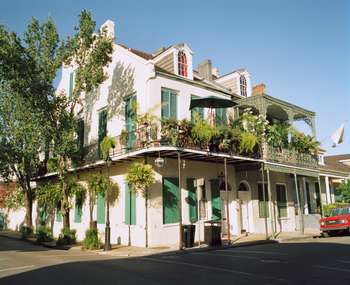


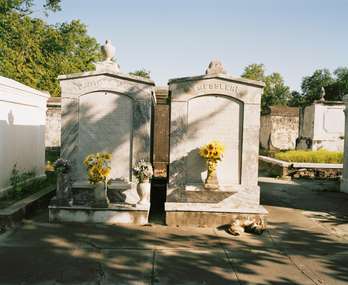

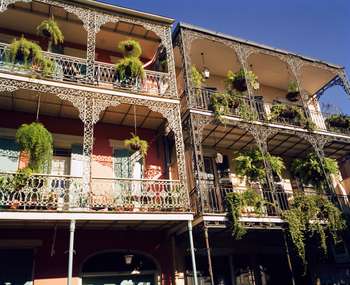

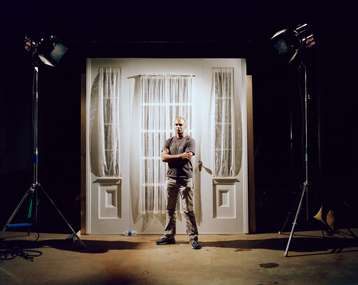
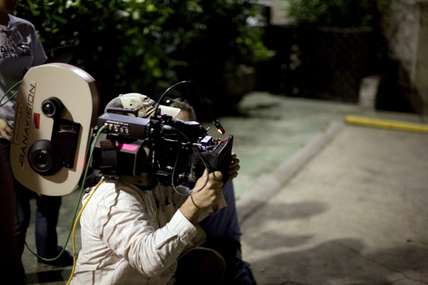
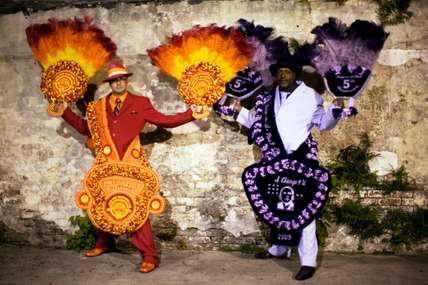

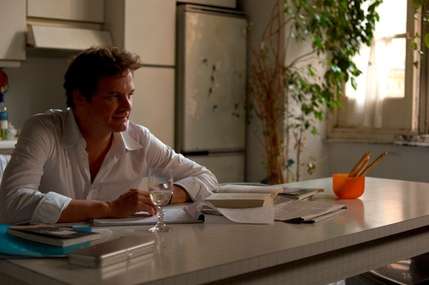
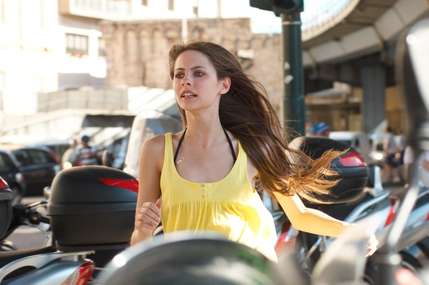
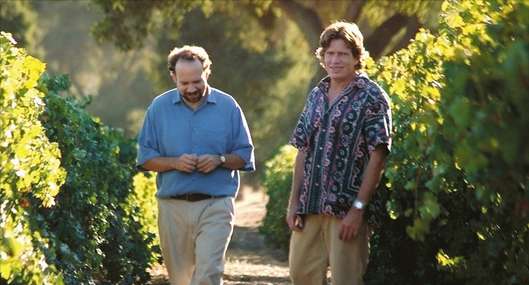
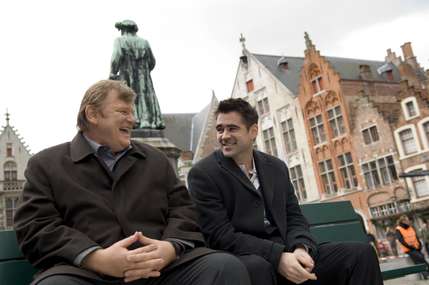
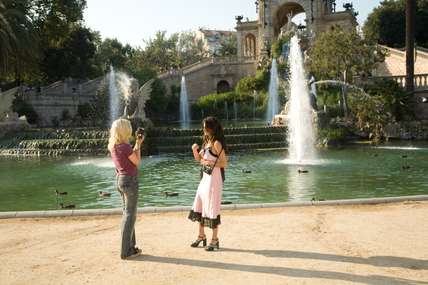
Mary Beth Romig at the New Orleans Metropolitan Convention and Visitors Bureau says, “We’ve been trying to re-establish our brand since Katrina. Brand New Orleans was terribly damaged after the storm. In 2004 we had 10 million visitors and then everything came to a standstill on 29 August 2005. Tourism has grown steadily since but we haven’t reached the eight million mark since Katrina. What Benjamin Button did for New Orleans goes beyond hard numbers.”
Batou Chandler makes it clear, “Benjamin Button was a love song to the city. If we didn’t have tax incentives we should’ve paid them to make that movie.” The film was rewritten from Baltimore for New Orleans and after the film opened, the Benjamin Button house was added to the popular Historic Garden District tour. Tourists also wait in line at the St Louis cemetery to see where the tripping scene in Easy Rider was shot and to see the grave of Marie Laveau, voodoo priestess and character in Cry of the Werewolf, before getting loaded at the Columns Hotel in the Garden District where Pretty Baby was shot.
“Our decision to shoot Dead of Night in New Orleans was originally a financial decision,” says co-producer Manu Gargi. “Louisiana gives you back 25 to 30 per cent of whatever you spend and New Orleans has the best crews, varied locations and is production-friendly – and the city of New Orleans added to the integrity of the movie because you still have historic buildings here untouched and street after street with gas lamps. We didn’t have to touch a thing – we used New Orleans to the max.” Gargi and his production company Hyde Park Entertainment are in the process of developing a whole slate of movies to be shot in New Orleans.
The city of New Orleans, with its history of the occult, is a perfect fit for Dead of Night (a medium-sized independent film costing between €15m and €30m.) The script was originally written for London, until director Kevin Munroe was attracted to Louisiana’s cash. “The initial attraction to New Orleans was the tax credit,” says Munroe, “but it’s hardly a stretch to base a zombie movie in New Orleans since this is a city with such mystery and a past that’s so rich. One night I woke up and thought, where else would be better to shoot than New Orleans?” Munroe rewrote the script, switching the sewers to swamps, the tube for the tram. “Creatively, New Orleans was such a better fit,” he says. “Now we can’t get enough New Orleans in this film.”
In the end, cities’ tax incentives, tied to tourism budgets, are being raised to woo directors and enable productions, and films that make a case for a long weekend in Barcelona or insinuate a sojourn in the Deep South are no accident, either.
‘Genova’
Director Michael Winterbottom’s new film Genova is another partnership with prolific British film producer Andrew Eaton. The film stars Colin Firth as newly widowed husband Joe, who takes his two daughters Mary and Kelly to the city of Genoa for the summer to help them get over their mother’s death. It is a tale of adolescence but is also a romantic journey into the labyrinthine streets of Genoa. Monocle talks to producer Andrew Eaton, co-founder of Revolution films, who also has cult films such as 24-Hour Party People to his credit.
How did the city of Genoa react to your film?
They were incredibly helpful, as they could see the film would make their city look good and they were excited about the city as the title of the film. I don’t think I’ve ever done a film where filming permissions were
so easy to get.
Did it boost tourism?
The film was a very flattering view of the city and it definitely raised interest. We also spent the best part of £2m of the production budget there too.
To what extent do cities accommodate film?
I don’t think cities are as sophisticated as they could be in terms of funding, apart from cities such as New York that offer massive incentives for people who go and shoot there. It’s not just the publicity you can gain for the location but also the revenue.
How much can the film industry contribute to a local economy?
People just don’t see the potential benefit a film can bring to their economy and country. The film industry in the UK, for example, contributes billions a year to the economy when you work out all the knock-on payments
to suppliers.
Cash for honours
Julian Newby, editor of Locations magazine, says, “A lot of film commissions are extensions of tourism offices, especially in the US. Producers do shop around for the best incentives up to a point but no director would accept a city saying ‘welcome to London, now put Big Ben in it’ – the commissions are enablers. Because of the recession, film incentives are being highlighted and increased, as they’re a way of investing in films without having to put in cash. When it comes down to it, though, a city might say ‘oh, for God’s sake – shoot it here and we’ll make sure you get two million of your budget back.’”
Power of suggestion
Sideways (2004)
While California’s wine country saw more visitors as a result of Sideways, sales of the oft-quoted Pinot Noir also rose by 20 per cent during the 2004-05 Christmas and New Year period, following the release of the film.
In Bruges (2008)
Martin McDonagh’s dark comedy stars Colin Farrell and Brendan Gleeson as hitmen cooling off in the Flemish town after a botched job. The serenity of the cobbled streets, canals and medieval architecture soothes their consciences.
Vicky Cristina Barcelona (2009)
Scarlett Johansson and Rebecca Hall are American tourists who fall under the spell of Barcelona’s Gothic and modern richness in the form of the city itself and in the guise of Javier Bardem’s Catalan lothario.

